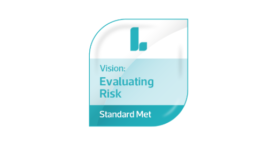Understanding Organisational Risk
Any innovation within your organisation will carry some element of risk of failure. Risk is:

Often there is a culture within organisations where failure is hidden or punished and there is a danger that employees, and therefore the organisation itself, can become risk averse as a result. In order to keep improving and developing there is a need to take some risk, but it is important that this risk is managed effectively (Kahneman, 2011)
What are the benefits of taking risks?
Fear of failure and the repercussions of this – the damaged reputation of the organisation, for example, or the impact on an individual’s career prospects – inhibit risk taking. However, research demonstrates a relationship between failure and high performance, with the best performers having a low fear of failure, and being comfortable with risking failure as a necessary part of growth. If you and your team are going to embrace risk, you need to be able to convince them that taking a risk is worthwhile. One way of doing this is to outline the benefits of taking risks (Cannon & Edmondson, 2005; Heath, 2009):

The ability to identify, understand and analyse risk is an essential part of effective leadership. The categories of organisational risk are:
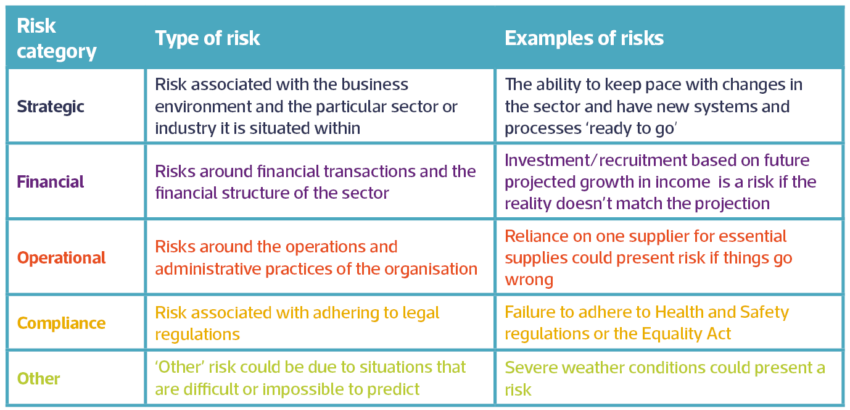
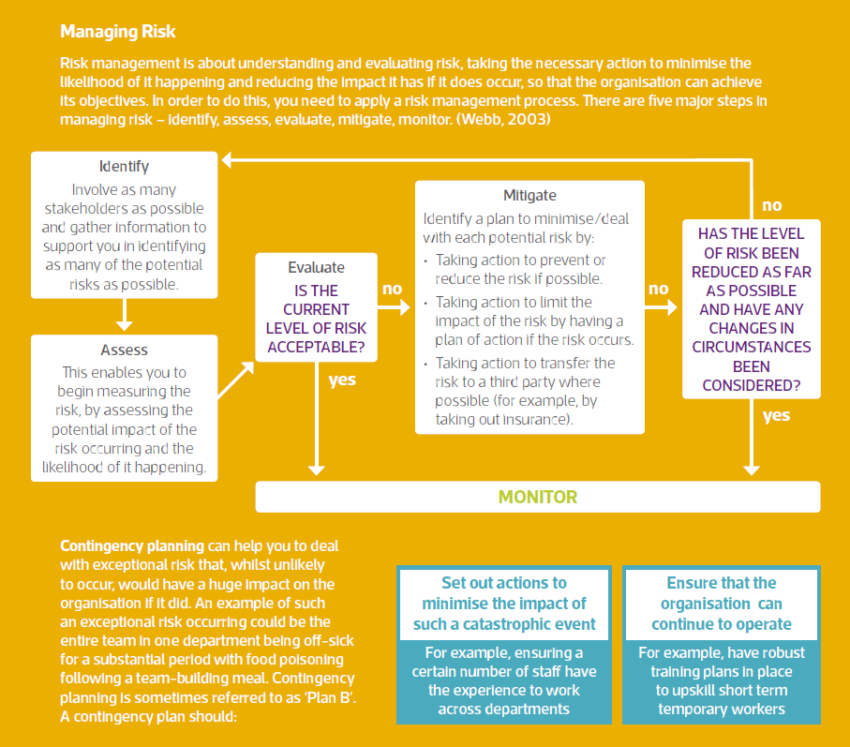
Measuring risk
Having identified the possible sources of risk, you will need to measure the risks. You can do this by looking at the level of impact each risk would have and the probability of it occurring. This can be done by making qualitative statements, for example ‘the risks we most want to avoid are staff shortages and disruption to the delivery of production targets’. However, it can be very effective to analyse this in a quantitative way which allows you to assign a score to each risk and to rank the risks in order of significance:
Remember, though, that you need to keep monitoring your measurement of risks and reviewing this as the situation changes or new information becomes available.
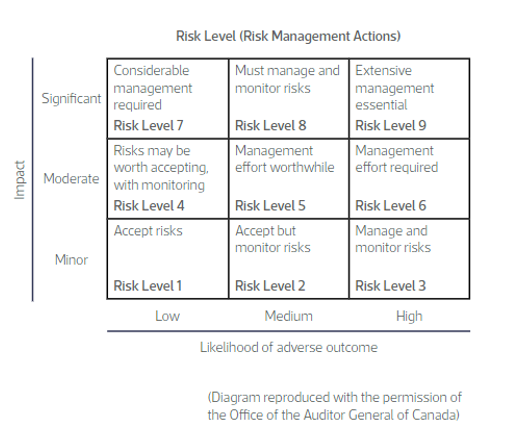
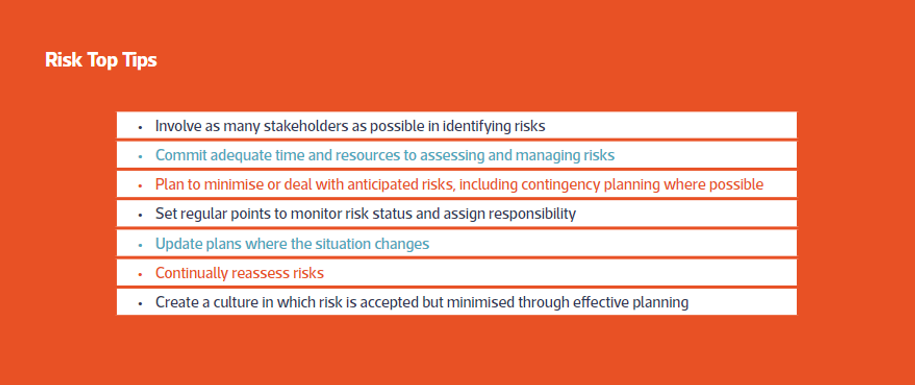
References
Cannon, M and Edmondson, A (2005). Failing to Learn and Learning to Fail (intelligently) Long Range Planning Vol.38 pp.299-319
Heath, R (2009). Celebrating Failure: The Power of Taking Risks, Making Mistakes and Thinking Big The Career Press
Kahneman, D (2011). Thinking Fast and Slow Allen Lane, Penguin
Office of the Auditor General of Canada (n.d.). Risk Level: Risk Management Actions (diagram) www.oag-bvg.gc.ca/internet/images/content/20070505xe03.gif
Teale, D (2003). Project Risk Assessment in a Week. 2nd Ed. Hodder & Stoughton
Webb, A (2003). The Project Manager’s Guide to Handling Risk ‘Hants, England, Gower Publishing Ltd
How well do you evaluate risk? Test yourself with our Scorecard.
If you’re a member, you can test yourself on your Evaluating Risk skills and see if you meet the standard.
Spotlights
Further Resources
From the Blog





